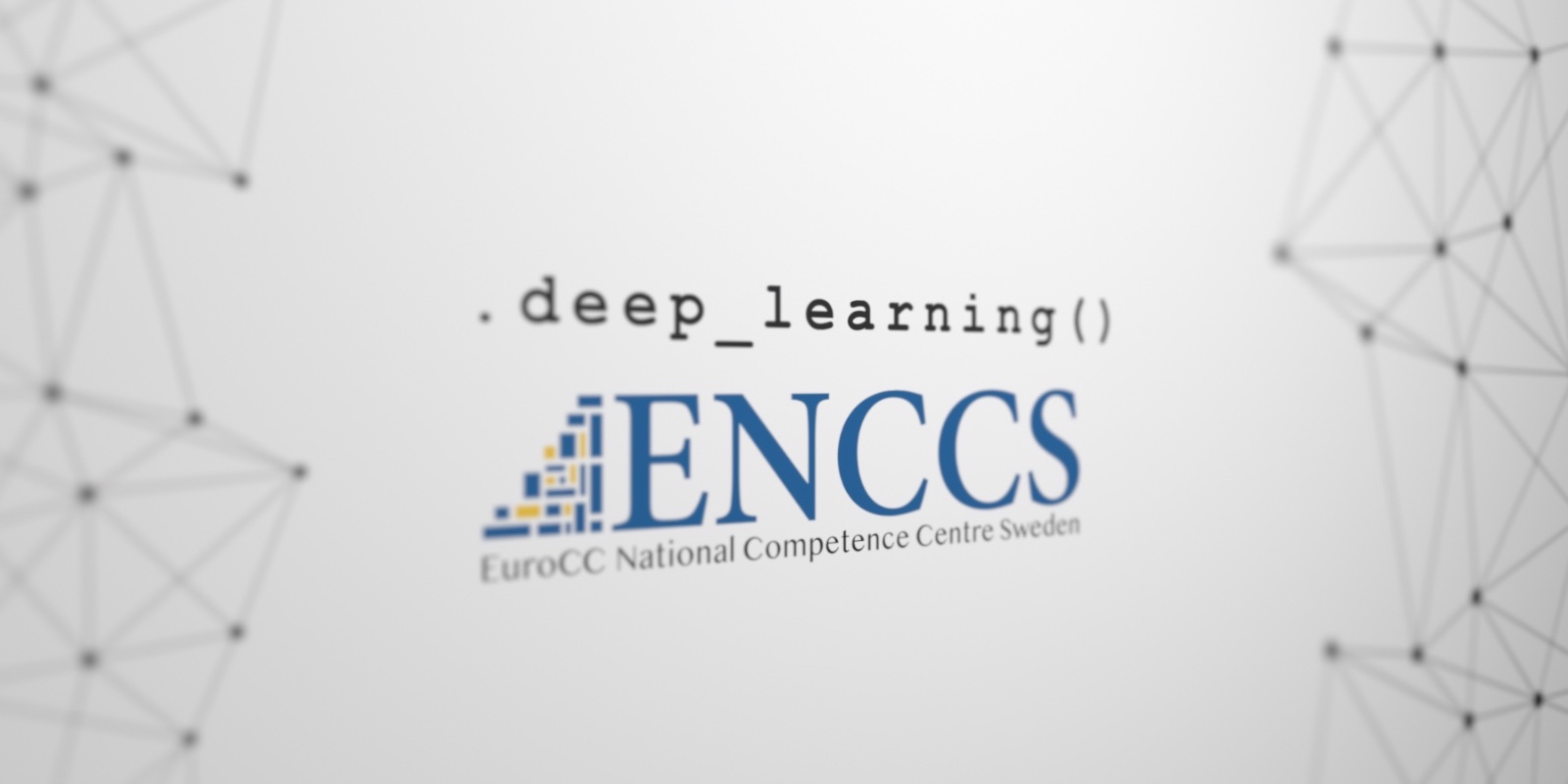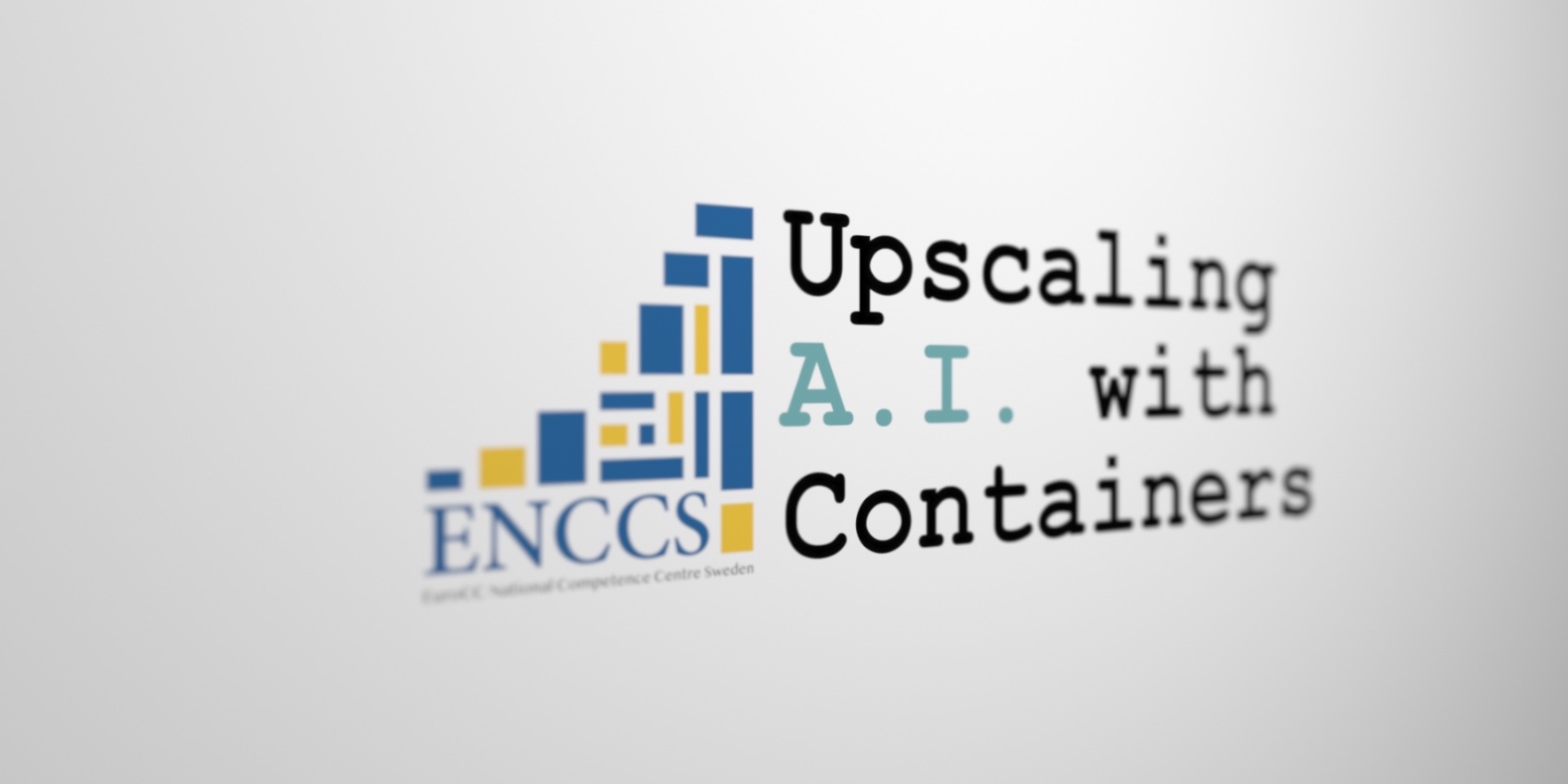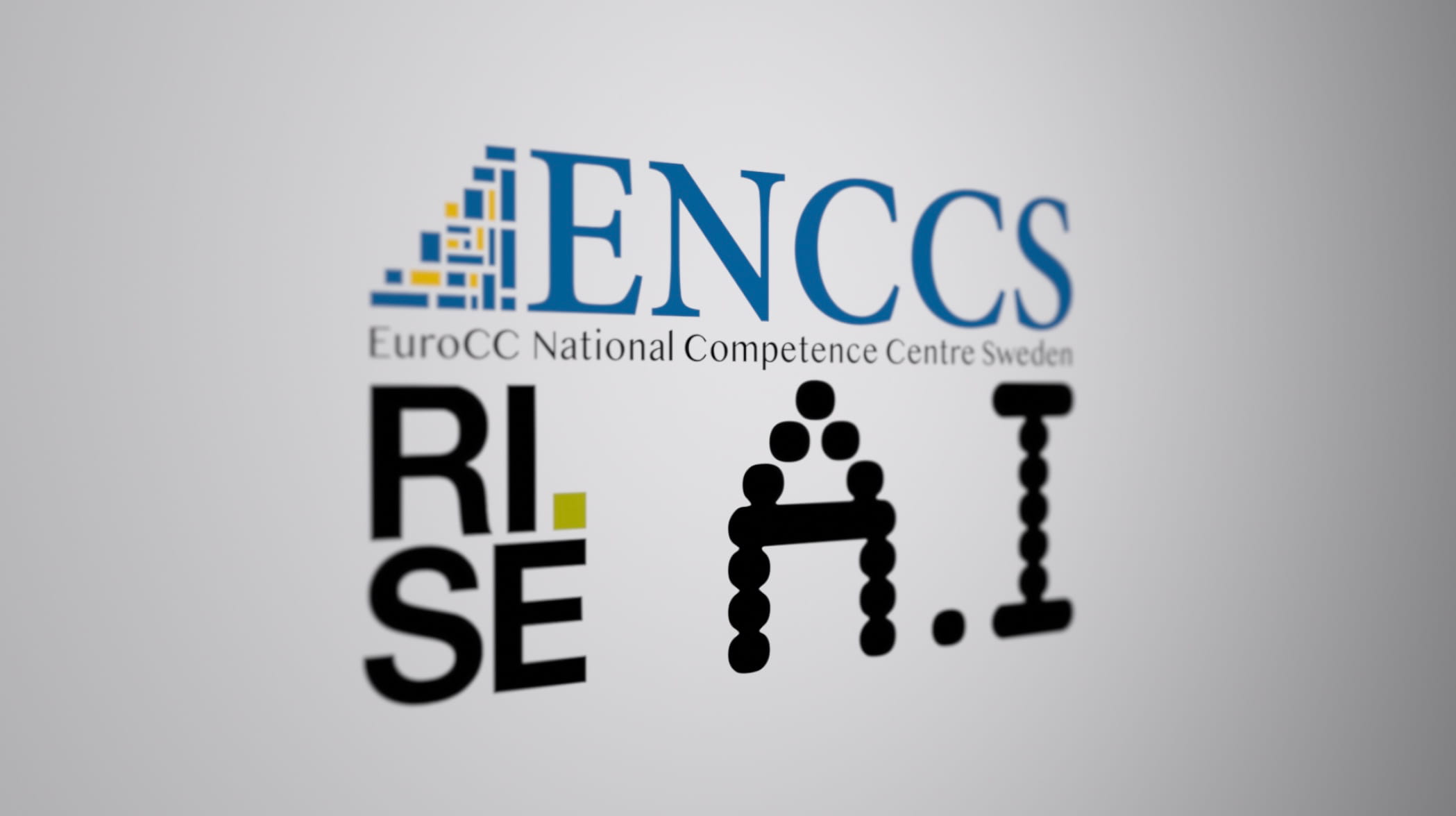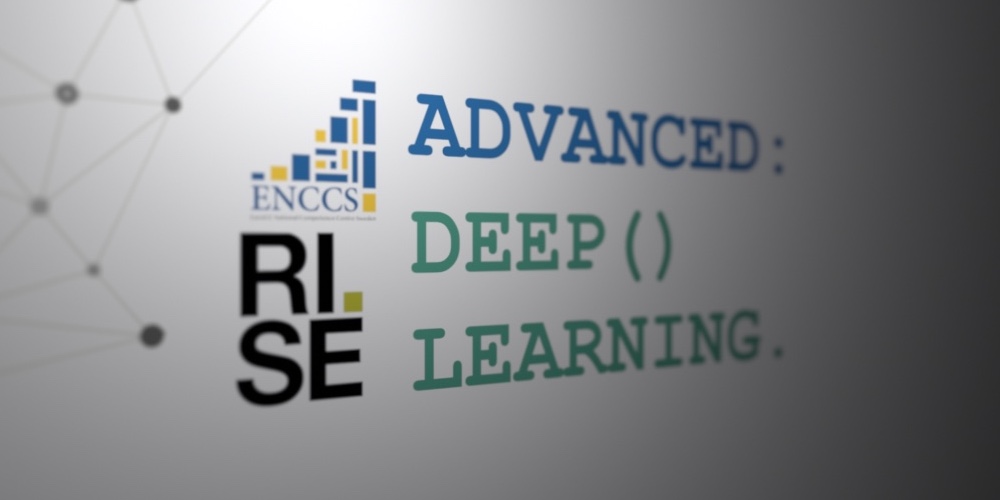The use of Deep Learning has seen a sharp increase of popularity and applicability over the last decade. While Deep Learning can be a useful tool for researchers from a wide range of domains, taking the first steps in the world of Deep Learning can be somewhat intimidating. This introduction aims to cover the basics of Deep Learning in a practical and hands-on manner, so that upon completion, you will be able to train your first neural network and understand what next steps to take to improve the model.
This workshop will take you from the representation of graphs and finite sets as inputs for neural networks to the implementation of full GNNs for a variety of tasks. You will learn about the central concepts used in GNNs in a hands-on setting using Jupyter Notebooks and a series of coding exercises. While the workshop will use problems from the field of chemistry as an example for applications, the skills you learn can be transferred to any domain where finite set or graph-based representations of data are appropriate. From GNNs, we will make the leap to Transformer architectures, and explain the conceptual ties between the two.
ENCCS with RISE offer a half-day course in A.I. as a tool for change. Participants will get an understanding of what artificial intelligence is, which problems can be solved with those techniques, and how they can be used within an organization.
We will give an overview on what processes one goes through when they utilize A.I. to solve problems. We are also going to illuminate the limitations of those techniques and give examples of when they are appropriate.
This workshop will take you from the representation of graphs and finite sets as inputs for neural networks to the implementation of full GNNs for a variety of tasks. You will learn about the central concepts used in GNNs in a hands-on setting using Jupyter Notebooks and a series of coding exercises. While the workshop will use problems from the field of chemistry as an example for applications, the skills you learn can be transferred to any domain where finite set or graph-based representations of data are appropriate. From GNNs, we will make the leap to Transformer architectures, and explain the conceptual ties between the two.
In recent years, Graph Neural Networks (GNNs) and Transformers have led to numerous breakthrough achievements in a variety of fields such as Natural Language Processing (NLP), chemistry, and physics. By doing away with the need for fixed-size inputs, these architectures significantly extend the scope of problems in which deep learning can be applied.











